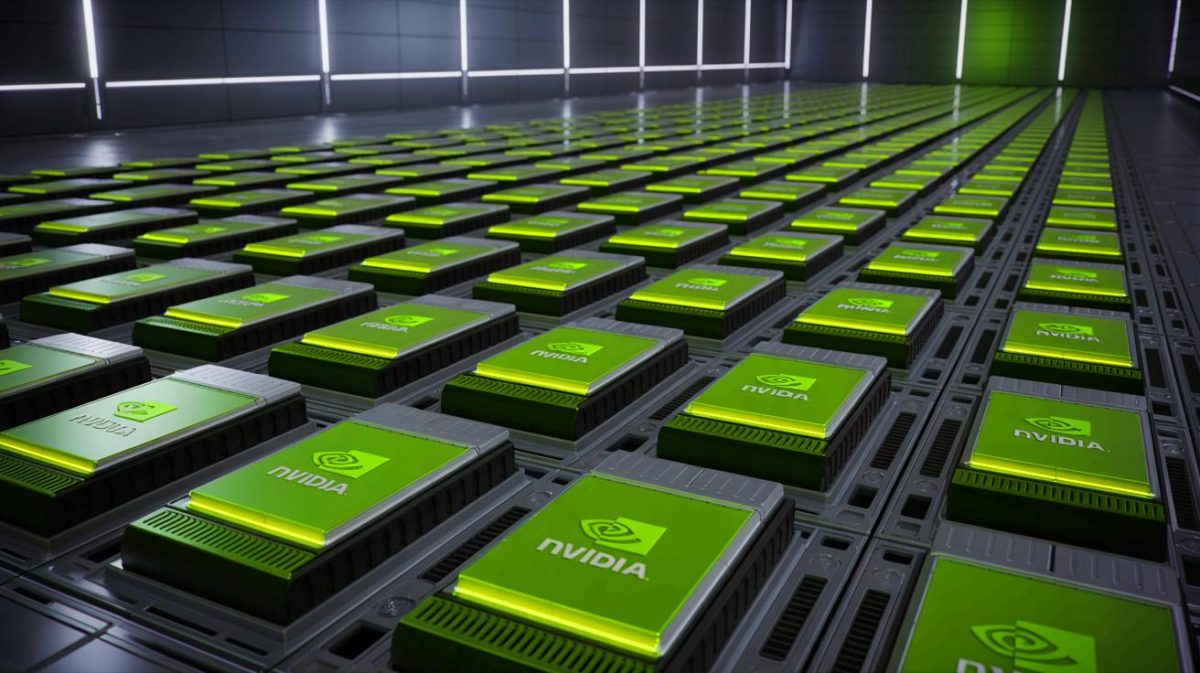| IN A NUTSHELL |
|
Elon Musk’s ventures have always been at the forefront of technological innovation, and his latest project with xAI is no exception. The company has made significant strides with its Colossus supercomputer, which is now equipped with 200,000 Nvidia GPUs. Built in an astonishingly short period of 122 days, Colossus aims to become the world’s largest supercomputer with a goal of reaching 1 million GPUs. This ambitious target is part of xAI’s strategy to outpace competitors like Oracle Cloud Infrastructure. But what does this mean for the future of artificial intelligence and the energy demands such a massive system will require?
The Astonishing Growth of xAI and Colossus
Founded by Elon Musk in 2023, xAI has quickly established itself as a formidable player in the field of artificial intelligence. In just under two years, the company has developed Colossus, a supercomputer that is already the largest in the world in terms of GPU count. The rapid development and expansion of Colossus are indicative of xAI’s aggressive strategy to lead in AI innovation. The speed at which Colossus was built—122 days, with an additional 92 days to reach 200,000 GPUs—is a testament to the company’s commitment to excellence and efficiency. This rapid growth is not just about numbers; it’s about setting a new standard in AI capabilities.
Colossus is not just a technological marvel; it is also a pivotal tool for xAI’s AI model, Grok 3. Released in February 2025, Grok 3 has been trained on the Colossus supercluster, showing substantial improvements in various complex tasks. This advancement underscores xAI’s mission to enhance AI functionalities and push the boundaries of what is possible. The focus is not just on beating competitors but also on setting new benchmarks in AI technology.
Power Demands of World’s Largest Supercomputer
The operational needs of Colossus are as monumental as its technological ambitions. With a total memory bandwidth of 194 Petabytes/s and storage capacity exceeding one Exabyte, the power requirements are immense. To meet these needs, xAI has integrated Tesla Megapack batteries into its infrastructure. These batteries, located in Memphis, Tennessee, provide a robust backup system for the supercomputer, ensuring uninterrupted operation even during power fluctuations. Each Megapack can store approximately 3,900 kWh of electricity, equivalent to the energy capacity of 62 Tesla Model 3 cars.
The facility is also connected to a newly constructed electric substation delivering 150 megawatts of power from Memphis Light, Gas and Water and the Tennessee Valley Authority. This setup not only ensures stable operation but also offers the potential for energy trading, allowing xAI to sell excess power back to the grid at profitable rates. Such energy strategies highlight the innovative approaches xAI is taking to sustain its energy-intensive operations while contributing to a more sustainable power grid.
XAI’s Roadmap for Colossus and Concerns Over Energy Use
The roadmap for Colossus is clear: scale up to one million GPUs, but this ambitious goal comes with significant energy challenges. The transition from 200,000 to one million GPUs will exponentially increase energy demands. Initially, xAI relied on natural gas generators to power Colossus, but as the system grows, alternative energy sources will need to be explored. The startup’s reliance on Tesla Megapack batteries is a step in the right direction, but further innovations in energy efficiency and sustainability will be crucial.
Colossus’ expansion aims to compete with other industry giants like OpenAI and Meta AI, who are also making significant advancements in AI technology. With 200,000 GPUs already operational, Colossus is a force to be reckoned with, and the goal of reaching one million GPUs is not just a possibility but a probable reality given Elon Musk’s track record for achieving ambitious technological feats. However, the energy implications of such a large-scale supercomputer are a concern that xAI must address as it continues its journey.
The Future of AI at xAI
As xAI continues to push the boundaries of artificial intelligence with Colossus, the future looks promising yet challenging. The company has demonstrated its ability to rapidly develop and deploy advanced technologies, setting new standards in the AI industry. However, with great power comes great responsibility, particularly in terms of energy consumption and sustainability. xAI’s efforts to integrate renewable energy solutions are commendable, but the path forward will require continuous innovation and adaptation.
The journey of Colossus from 200,000 to one million GPUs is a microcosm of the broader challenges and opportunities that lie ahead for artificial intelligence as a whole. As xAI charts its course, the question remains: How will the company balance its technological ambitions with the imperative of sustainable energy use?
Did you like it? 4.4/5 (22)







Est-ce que ce superordinateur pourrait un jour devenir conscient ? 🤔
Impressionnant, mais qu’en est-il de l’impact environnemental ?
Elon Musk est vraiment sur tous les fronts, respect !
Combien de temps avant que Colossus ne devienne obsolète ? 🚀
C’est fascinant, mais combien de personnes comprennent vraiment ce que cela implique ?